In its latest published casebook, Swedish Club describes an incident where a vessel experienced loss of anchor due to heavy weather.
The case
A vessel was waiting for its berth to become available so the decision was made to anchor. A pre-anchor briefing was held on the bridge where the number of shackles to be used was discussed, and the crew were assigned their tasks for the anchoring operation.
One week earlier the bosun had inspected the windlass including the brake linings and had reported that all was in good condition.
Rough weather forecast
The weather forecast warned of rough weather the following day. The Master informed the bridge team that he would decide what to do later regarding the anticipated heavy weather.
The anchoring party consisted of the Chief Officer, Bosun and two ABs. The bosun was controlling the brake, the Chief Officer was reporting what was happening to the bridge and giving orders to the Bosun and ABs. This was the first time the crew had anchored at this anchorage.
The vessel approached the dedicated anchor position as directed by the VTS. When the vessel was fully stationary the Chief Officer ordered the bosun to walk the anchor out using the windlass motor. When the anchor was about half a shackle above the seabed the anchor was let go.
All went well and the crew resumed their normal duties when the vessel was safely anchored.
During the night the weather deteriorated. The OOW noticed that the vessel had begun to move and realised that the vessel was dragging. He called the Master who came up on the bridge. The weather was now rapidly deteriorating, and the Master woke up the Chief Officer and told him to assemble the anchor party and heave up the anchor.
Windlass motor fails
The weather had now increased to Beaufort force 8 and the bow was slamming because of the large waves. At that point, while the anchor was being heaved up the windlass motor stopped.
The Chief Officer could see smoke coming from it and it was obvious that the motor could not be fixed straight away. At the same time the weather was deteriorating even further so it was decided that the anchor chain should be let go. The bitter end was removed, and the anchor chain was released.
The vessel then left the anchorage and drifted in a safer position. The anchor and chain were lost and the vessel was not allowed to continue its journey until the anchor and chain had been replaced. The vessel had a spare anchor but the operation to replace the main anchor and chain took several days.
Lessons learned
- It is imperative that the crew understands the limitations of anchor equipment.
- This case study highlights the fact that the crew were not aware of the classification societies’ rules or maybe did not fully understand them.
- Anchor equipment is not designed to endure heavy weather. If heavy weather is anticipated the anchor should be raised.
- Classification societies have unified rules for the design of anchoring equipment, and it is essential that the crew is aware of these limits. When planning to anchor, the following should be considered: a)The anchor is designed for temporary mooring in a harbour or sheltered area. b)The equipment is therefore not designed to hold a ship off fully exposed coasts in rough weather or to stop a ship which is moving or drifting. c) Anchoring equipment is designed to hold a ship in good holding ground in conditions such as to avoid dragging of the anchor. In poor holding ground the holding power of the anchor is significantly reduced.
Anchor equipment
Classification societies assume the following maximum conditions for anchor equipment:
- Current velocity: max 2.5 metres per second (about 4.8 knots).
- Wind velocity: max 25 metres per second (about 48 knots or force 10 on the Beaufort scale).
- No waves.
- Equivalent condition including wave loads: 1)Current velocity: max 1.5 metres per second. 2) Wind velocity: max 11 metres per second. 3) Significant wave height max 2 metres.
- Length of paid out chain: cable: 6-10 shackles.
In addition, the following should be noted:
- The design load for the performance of the anchor winch motor is a minimum lifting capacity of 3 lengths of chain, i.e. 82.5 metres plus the anchor.
- The windlass brake is essential to control the pay-out of the chain. The design load for the windlass brake is 45% of chain breaking load when a chain stopper is installed and 80% of chain breaking load when no chain stopper is installed. The conventional design is with brake bands but there are also disc brake systems.
- In heavy weather conditions or strong current, the rudder and engine must be fine-tuned to prevent too high tension in the chain and overload of the windlass motor. Ensure that the chain is kept as vertical as possible.






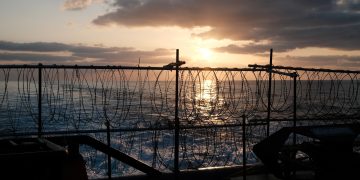
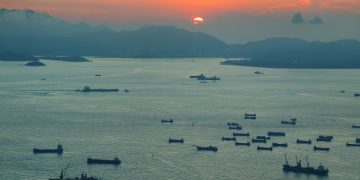

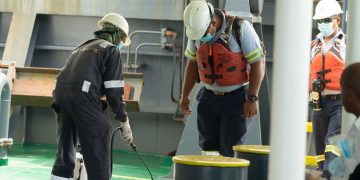





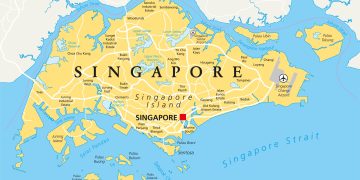



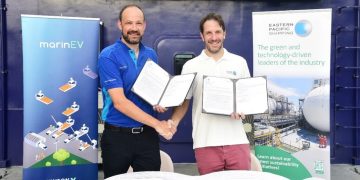


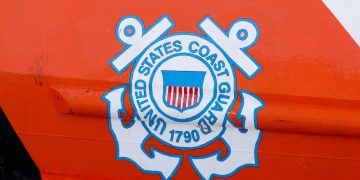

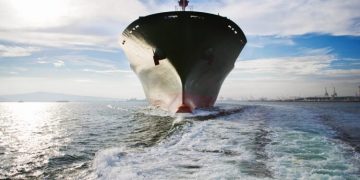

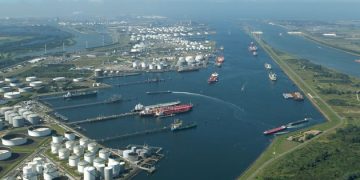
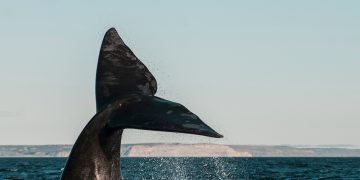

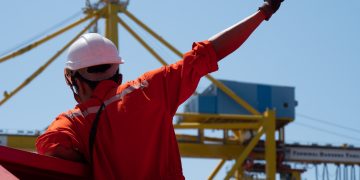





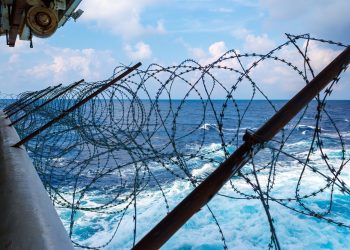





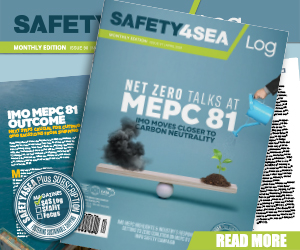
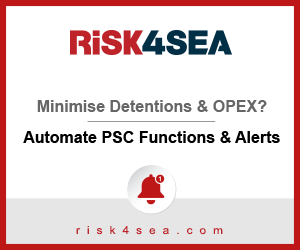
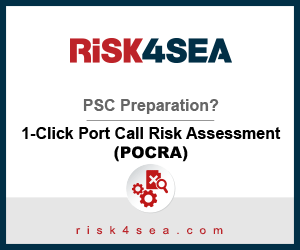

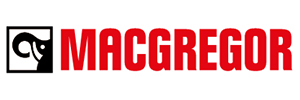
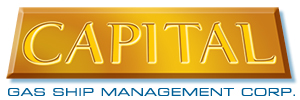
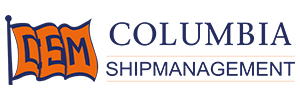
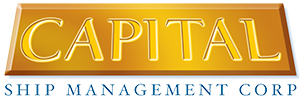
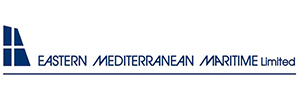

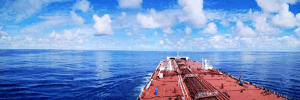

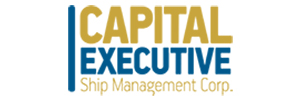
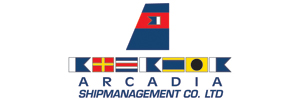

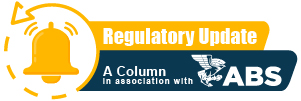
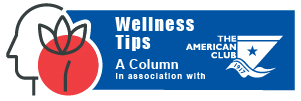



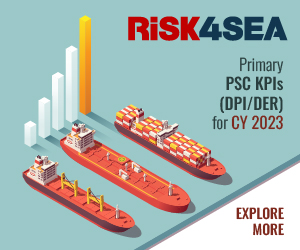
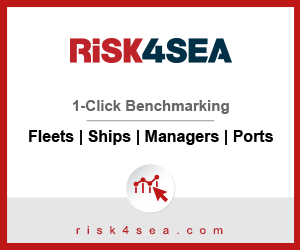
Performance calculations for design loads in depths exceed 82.5 m + weight of anchor. Basically when in deep water anchorage exceed 82.5 m. Master/Bridge must know how to calculate, basis the design, limitations, characteristics & prevalent circumstances. OCIMF white paper on “Anchoring loads” is available but easier & simple steps for bridge teams is required.